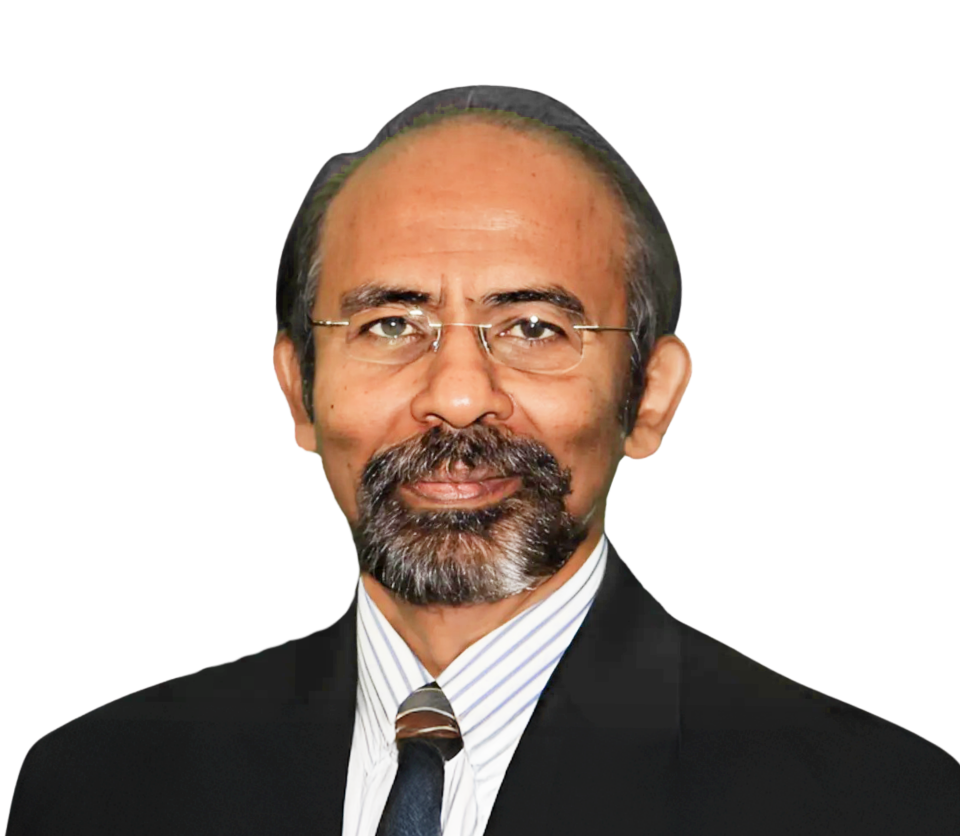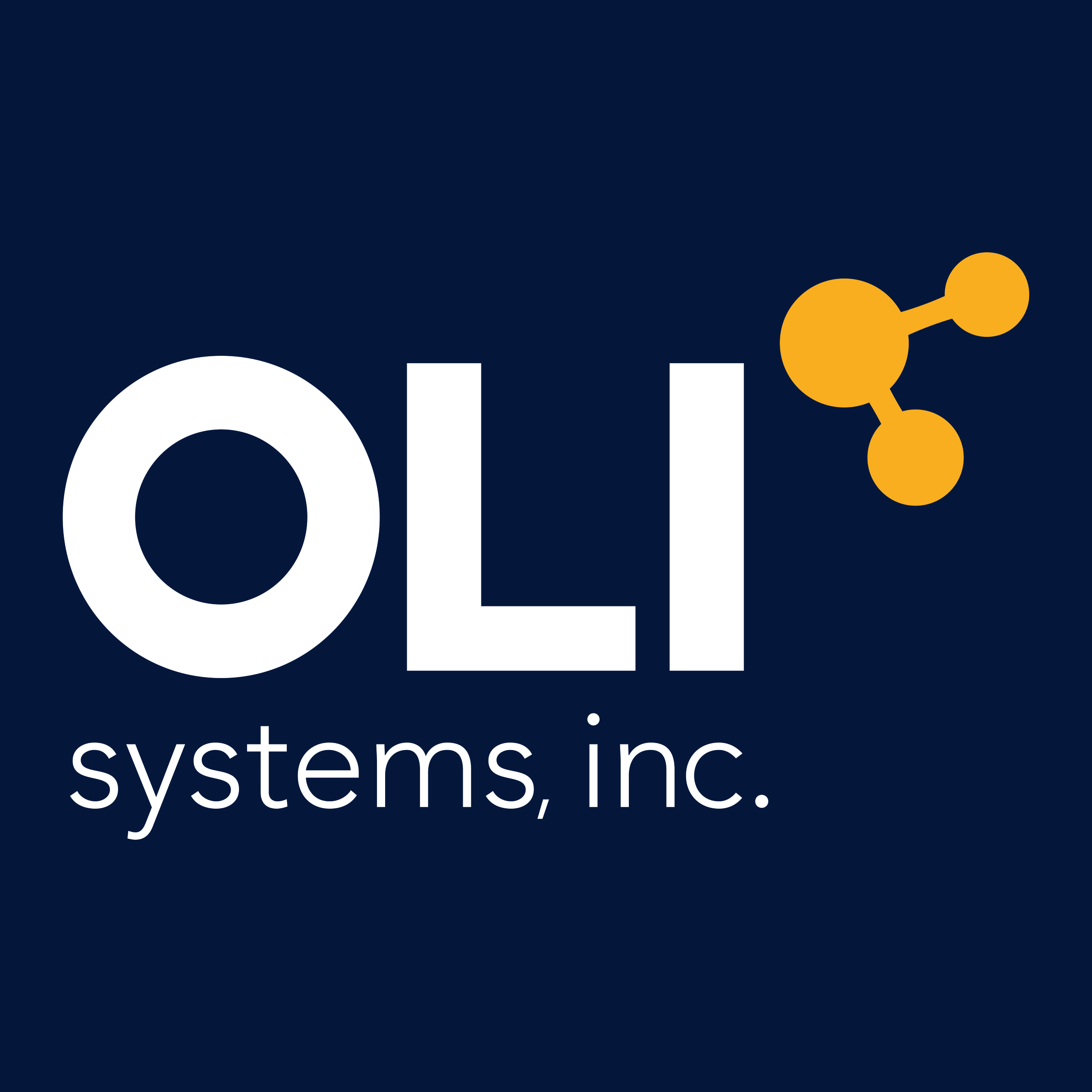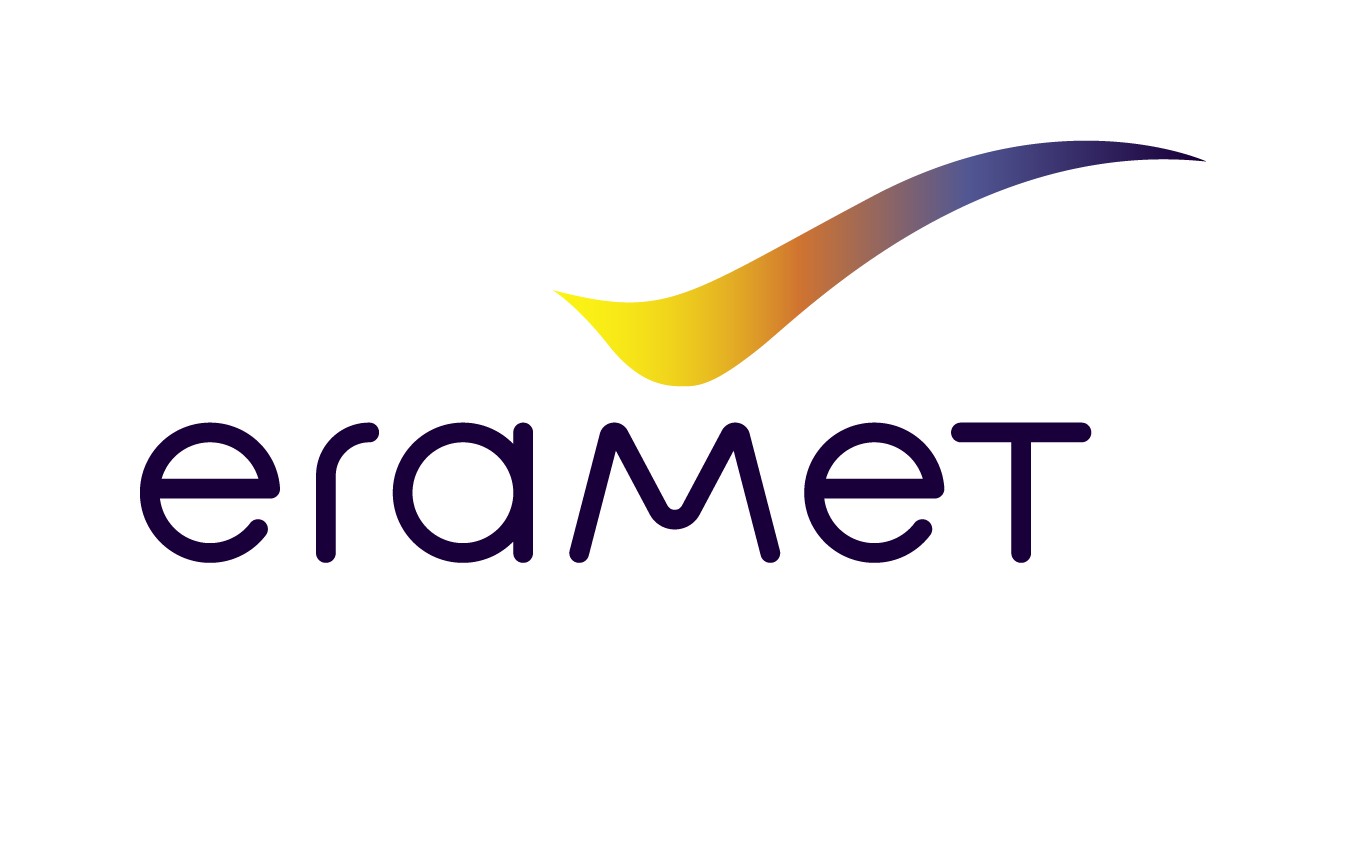Geothermal energy is becoming a vital part of the global energy transition. As traditional energy sources face growing environmental and regulatory pressures, the demand for sustainable and reliable alternatives continues to increase. Early geothermal development focused on hydrothermal resources, which were limited to specific geographic locations. Now, advancements in Enhanced Geothermal Systems are broadening the reach of geothermal energy by unlocking untapped potential in unconventional areas.
How Geothermal Exploration Is Evolving
Geothermal energy exploration is advancing rapidly, driven by technological improvements in drilling, reservoir mapping, and stimulation methods. As companies work to optimize geothermal resources, they are adopting a more modular approach that focuses on drilling precision, well productivity, and efficient resource management. Early geothermal development centered on hydrothermal energy extraction and basic drilling techniques. Today, advanced methods are enabling deeper exploration, improving heat extraction efficiency, and expanding geothermal energy availability across wider regions.
Companies are now using seismic imaging, geophysical surveys, and thermal mapping to identify promising sites for geothermal development. At the same time, innovative well design, hydraulic fracturing, and chemical stimulation techniques are being applied to increase the permeability of geothermal reservoirs, enabling greater heat exchange and energy production. The integration of digital tools, such as 3D modeling and simulation, is also playing an important role in planning and optimizing geothermal projects.
Future of Geothermal Energy Exploration
The next chapter of geothermal energy focuses on new exploration techniques, advanced drilling methods, and improved reservoir management. Enhanced Geothermal Systems enable the creation of artificial reservoirs, making geothermal energy more accessible and less reliant on natural hydrothermal sites. As these technologies mature, the industry is expected to adopt geothermal energy more widely, contributing significantly to the global energy mix.
However, the rapid growth of geothermal exploration comes with challenges. Regulatory and environmental concerns, high upfront capital costs, and technological risks must be managed to ensure sustainable development. At the same time, there is increasing focus on integrating geothermal energy with other renewable sources, such as wind and solar, to create hybrid systems that deliver continuous power. Stakeholders are also prioritizing community engagement and social responsibility to ensure geothermal projects align with local needs and expectations.
Addressing Challenges in Geothermal Energy Exploration
While the potential of geothermal energy is vast, the industry must overcome several challenges to achieve widespread adoption. Complex permitting processes, environmental impact assessments, and the need for increased investment in research and development are top concerns for industry leaders. Additionally, as the sector advances toward large-scale deployment of Enhanced Geothermal Systems, understanding subsurface conditions, reducing drilling costs, and improving reservoir longevity will be essential.
Despite these challenges, the outlook for geothermal energy remains promising. Enhanced Geothermal Systems 2026 will offer a platform for stakeholders to discuss the latest innovations, share best practices, and explore strategies to advance geothermal energy exploration and development. The event will highlight how the industry can address current challenges and utilize emerging technologies to drive the next phase of geothermal growth.



























